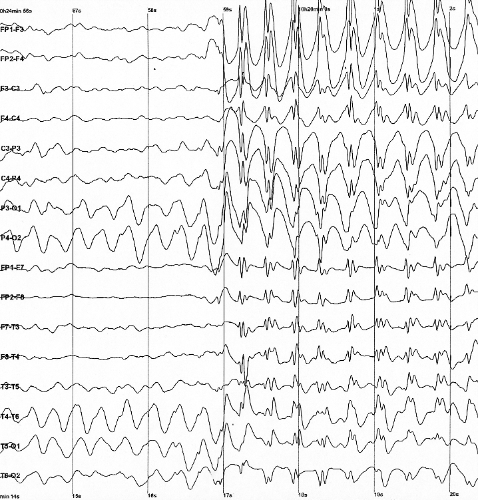Generalized 3 Hz spike and wave discharges in a child with childhood absence epilepsy. Credit: Wikipedia.
In an Epilepsia analysis of 2008-2010 Medicare claims data, one in four older Americans with new-onset epilepsy and more than one-third with prevalent epilepsy received a combination of antiepileptic drugs and non-epilepsy drugs that could interact to alter the effectiveness of the non-epilepsy drugs. Also, more than 1 in 5 patients received a drug combination that could alter the effect of the antiepileptic drugs and potentially cause toxicity.
Having interacting drug pair combinations was more likely for those with comorbid conditions and those eligible for a low-income subsidy.
"Avoidance of interacting antiepileptic drugs is feasible for most persons because of the availability of newer drugs," the authors wrote.
More information: Edward Faught et al, Risk of pharmacokinetic interactions between antiepileptic and other drugs in older persons and factors associated with risk, Epilepsia (2018). DOI: 10.1111/epi.14010
Journal information: Epilepsia
Provided by Wiley





















